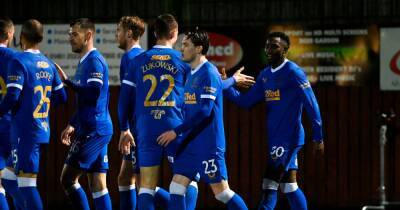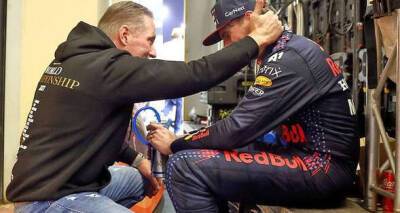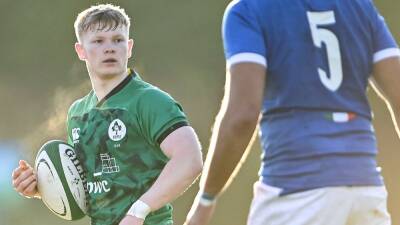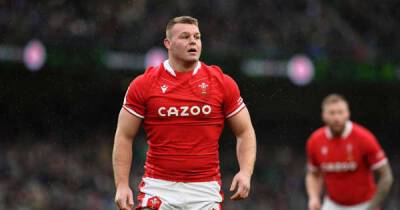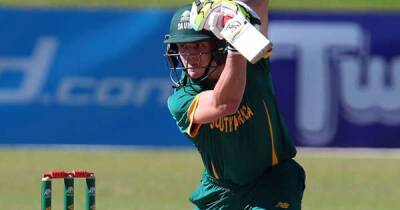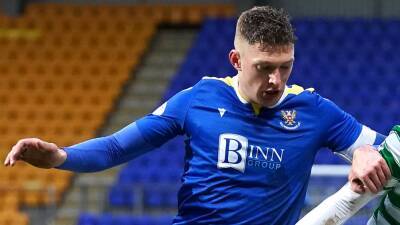Where's the catch? The fishery surveys keeping our seas sustainable
For six weeks every year, the research vessel Celtic Explorer surveys Ireland‘s Atlantic shelf, sampling 170 points on the nautical chart.
Led by David Stokes, the Marine Institute scientific team tackles questions only fisheries surveys can answer: how many young fish have been spawned here over the past year? Is this new generation of fish numerous enough to replace what has been removed from the sea by fishing vessels? In other words: is commercial fishing here sustainable?
The Chief Scientist of the Irish Groundfish Survey 2021, David says: "We're out at this time of the year, basically fishing to try and assess the size of the various fish stocks and all the demersal species - these are the species that live and feed on the seabed, basically. So we try and estimate whether the stocks are going up or down and particularly try and focus on the juvenile fish that are coming through into the fishery."
At each sampling station, the vessel deploys a trawl that has been specially modified to catch small fish. This is different from commercial fishing vessels that use nets with large meshes, aimed at targeting only mature fish that hopefully have already spawned offspring.
For the scientists, this work is vital for forecasting what catches can be expected in the future. Their motto is “Good science supporting sustainable fisheries”.
"We shoot the trawl, it goes to the seabed, and then we tow it along the seabed for 30 minutes. Haul it back. And then it's dropped into the hopper, and then the fish come into the fish room, where everything is sorted into species," David explains.
An onboard laboratory works like a busy factory floor in the middle of the sea: researchers quickly sort fish from the moving conveyor belt into separate



